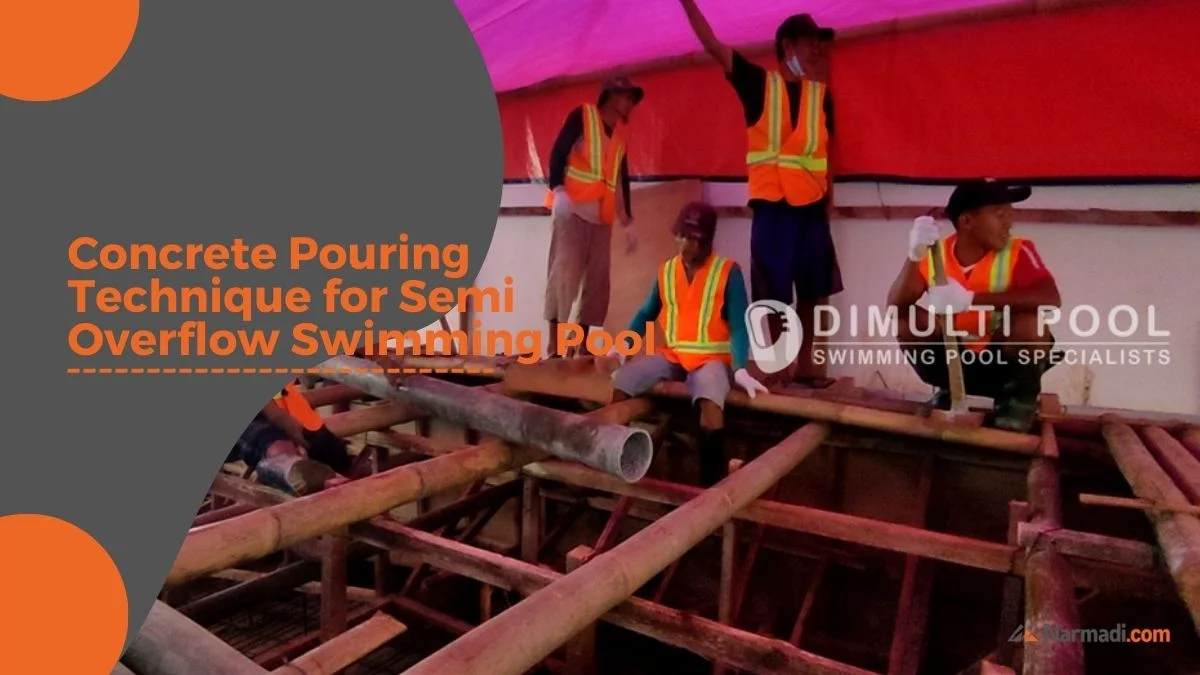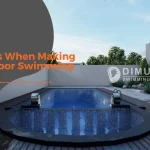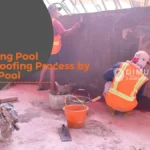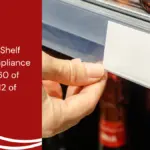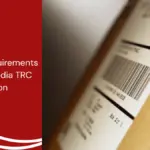Concrete Pouring Technique for Semi Overflow Swimming Pool – Planning to build a semi-overflow swimming pool? The right casting technique can make a big difference in the final outcome of your swimming pool-both in terms of appearance and functionality.
In this article, we will review the various casting techniques suitable for semi-overflow swimming pools, provide useful tips, and share tricks to ensure your pool is strong and durable.
This information will help you understand the essential steps to creating your dream swimming pool. Take a look and discover how to make your swimming pool even more special!
Also Read
Concrete Pouring Technique for Semi Overflow Swimming Pool

Well, for our article this time we will discuss the swimming pool that we built in 2021 with a size of 12 x 3 m with a depth of 1.3 m.
We use concrete with a quality equivalent to K300 so that the entire swimming pool construction is strong to withstand the water load and also durable.
In addition, we also use a concrete pump to simplify and speed up the concrete casting process in the swimming pool that we are working on.
Well, for the amount of concrete that we need with the size of the swimming pool that we have mentioned above, we need at least 21 cubic meters of concrete so that the entire floor and walls of the swimming pool can be covered perfectly.
For the process itself, we first do concrete casting on the pool floor, after that we level the poured concrete so that the surface becomes flat and smooth.
Only after the floor is finished, we cast the walls of the swimming pool construction.
When casting a swimming pool wall, there is one important thing to note: do not cast one side of the pool to completion and then leave the other side
This approach can lead to a variety of problems that can affect the overall quality and durability of the pool.
The main reason behind that is so that the pressure of the curing concrete does not damage the already cast structure.
When only one side of the pool is cast and the other side is left out, the newly cast concrete will bear uneven pressure.
This can cause cracks, deformation, or even wall collapse on the side that has already been cast, as the curing concrete needs time and even support to reach optimum strength.
In addition, staged casting on different sides can also cause settlement and connection problems between the wall that has already been cast and the section that will be cast next.
When hardened concrete meets wet concrete, there can be differences in strength and structural integrity, which can reduce the overall quality of the pool.
Therefore, it is very important to cast all sides of the pool simultaneously or follow a method designed to ensure that all parts of the pool receive consistent and even support during the casting process.
Using appropriate formwork and ensuring that all sides are cast in a well-planned sequence will help create a solid, stable and durable swimming pool wall.
Now, for the next process, because the spray of the pouring pump is too strong, we end up using manual labor so that the framework is not damaged.
The working time for concrete casting of this swimming pool is approximately 8 hours with the help of 9 workers.
There are many things that you have to pay attention to during the concrete casting process, so it is advisable to choose a swimming pool contractor who is reliable and also has extensive knowledge about swimming pool construction.
So, if you need a swimming pool builder in Jakarta that can help you realize your dream pool, you should check Dimulti Pool now!

